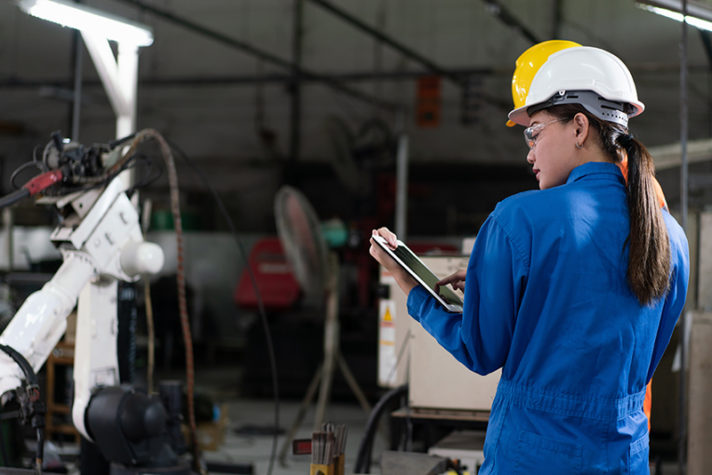
Not everyone is interested in punching the clock, working nine to five behind a computer tip-tapping away at reports, spreadsheets and emails. For some, being able to work with your hands, outside – working hard, but seeing your work come to life – is far more exciting.
And it’s a good thing there are plenty of jobs out there in Virginia’s infrastructure industry – and plenty of training and financial assistance programs to help you train for little out of your own pocket.
Infrastructure in Virginia
Infrastructure in Virginia represents careers that you’re likely to think about – road, bridge and tunnel construction – but it also includes solar, wind, cybersecurity and all the related trades and skills that make up the supply chain – like logistics, welding, construction, manufacturing, maintenance and more.
And thanks to the Virginia Clean Economy Act, which passed in 2020, the entire infrastructure industry is evolving, updating technologies and processes across the industry.
Training for Infrastructure Jobs
So, where do you fit in? There are literally dozens of training programs at your local community college that can help train you for a job in this industry – and there will be plenty of jobs on the other side. Industry experts estimate that 30,000-50,000 infrastructure workers will be needed to fill all the open positions expected to arise in Virginia.
Through G3 alone, you’re looking at welding, soldering, milling, industrial electronics, maintenance mechanics, core craft skills, heavy equipment operators, site managers, bridge inspectors, and a wealth of maritime training like electrical, pipefitting, HVAC and more. On top of that, many community colleges have relationships with businesses that have certified apprenticeship programs, which help you train and advance even faster.
“We have strong apprenticeship programs. With most of our partners, a student may go straight into step two of the program if they came to us first – which is the step above entry-level,” Keith Harkins, chief workforce officer at Southside Virginia Community College, said. “The student is deemed to have completed their ‘first year’ of the apprenticeship program, when really they went through an 11-week training with the college.”
Because the industry is evolving, so is the training available at Virginia’s Community Colleges. If you’re interested in a career in solar, wind, power or construction, check with your local college to see what programs are available now and what’s expected to be added in the future.
To learn more about G3 funding and what options are available where you live, visit Learn how to Qualify and Programs for more information.
